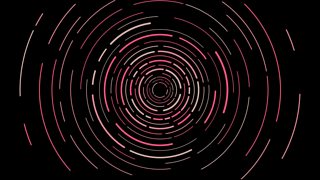- Try
- Rate
- Share
How did you rate this?

The Inside Story
Welcome to a binaural exploration of your brain.
Binaural sound is widely used in computer games and also some radio dramas to create immersive, 360-degree audio experiences. In most cases, the technology is used to place sounds around the listener - to give a sense of shape and proportion to spaces through the position and direction that sounds appear to come from. But what if we were to flip this focus on its head and turn our attention inward?
The idea for this project came from thinking about the possibilities of binaural audio as a way to give you an insight into yourself.
What if you could close your eyes and listen to the voice of a narrator travelling around your brain, pointing out the key features - like a tour guide in a museum? A demo version suggested that this 'personal' experience could work well, and we sought to explore the idea further. Through experimentation, we discovered additional elements that elevated this inward-looking binaural experience.
To heighten the sense of it being a personalised experience, we incorporated interactive moments where the listener is asked to perform simple tasks to activate certain areas of the brain, e.g. by bringing a particular memory to mind, or making a choice.
Lorna Walker, a writer and mindfulness teacher, is the narrator of the Binaural Brain, and the script was written in consultation with Dr Lucy Petro, a neuroscientist from the University of Glasgow.
Binaural sound production
Binaural sound can be achieved in a number of ways.
Narrator Lorna Walker, with the binaural 'dummy head' used in the recording
The ‘dummy head’ is a piece of recording equipment that has precisely modelled ‘ears’ on either side, and microphones inside them. The curves and folds of the human ear, plus the head itself, play a key role in telling our brains where a sound has come from, so these fake ears, head-width apart, allow the microphones to capture audio in a way that accurately reflects its position and direction.
But binaural sound can also be created by manipulating a simple mono or stereo recording using computer software.
The script for this project was recorded twice, once with the dummy head, and once in mono. The final audio mix is a combination of both types of recording. We found that in many sections it was easier to achieve a strong directional effect by manipulating the mono version. We also learned that movement of the sound from one location to another was more effective than it just ‘appearing’ in the new location.
We are very interested in finding out how well this experience works for different listeners, as we know the effectiveness of binaural can vary a lot from person to person.
Binaural Brain is produced by 91Čȱ¬ Digital Scotland.



